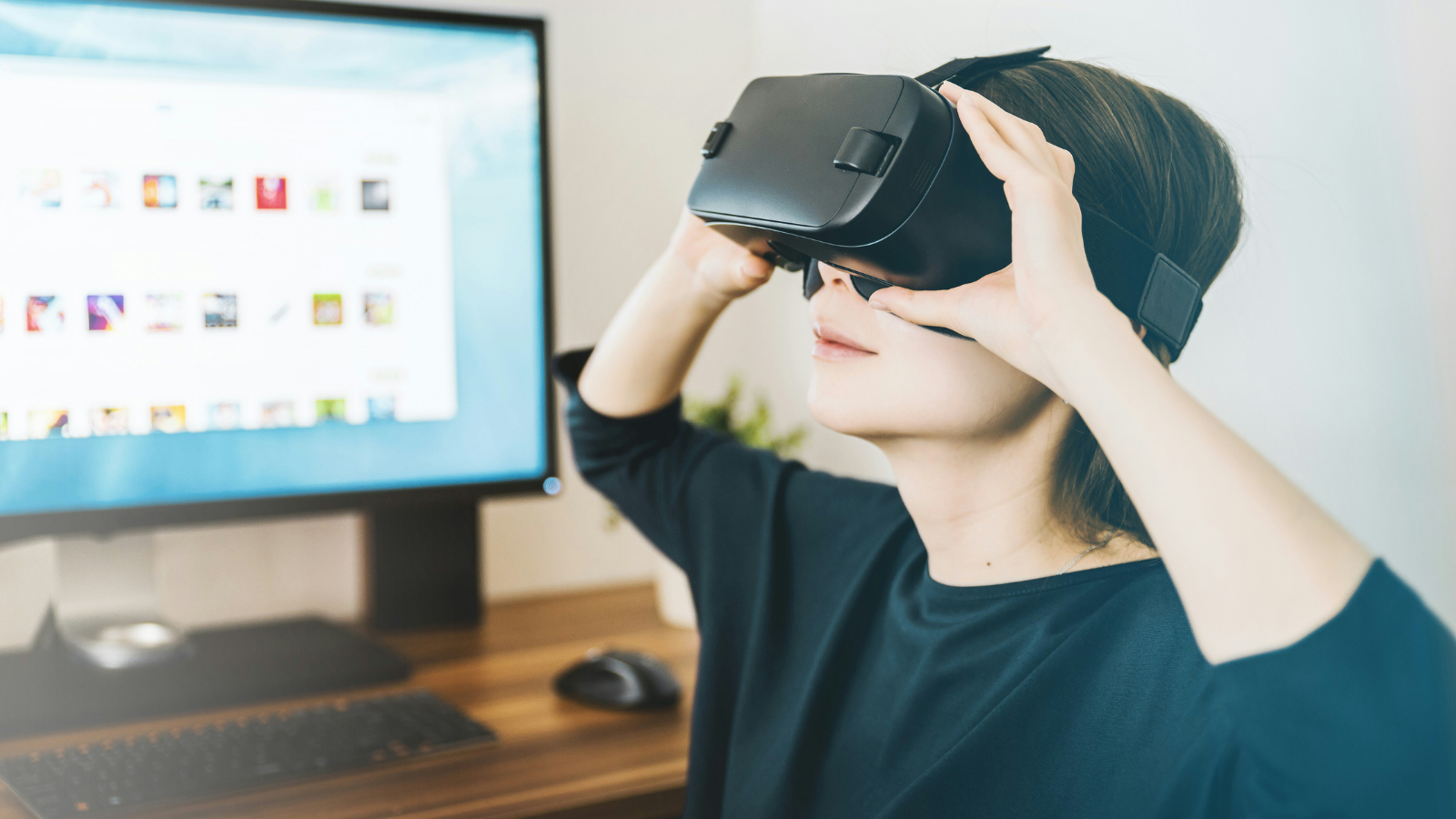“The proliferation of technology over the past several years has been a huge boon to companies fighting corruption,” says business advisory firm BDO.
Mining companies are using cloud data analytics to turn the tide against corruption.
Like every other industry, the mining sector is undergoing rapid digital transformation as companies race to streamline their operations. Mining businesses are also approaching digital tech as a way to curb corruption and reduce their external dependencies.
To learn more about how anti-corruption initiatives are benefitting from digital transformation, DX Journal caught up with three leaders of BDO’s mining business:
- Nina Gross, leader of BDO’s Global Forensics practice at BDO USA
- Sean Bredin, national mining leader for BDO Canada
- Jeff Harfenist, the co-leader of BDO’s Anti-Corruption practice
DX Journal: What are the top corruption-related challenges facing mining today, and how are companies approaching the risks?
BDO: Unfortunately, corruption continues to persist in mining today for many reasons.
The first has to do with location: Mining companies typically operate in very difficult regions and countries that are often more prone to corruption than others.
Then, there is the fact that the mining industry is not as heavily regulated as other natural resources sectors. In fact, mining regulations are quite decentralized.
Another main driver of corruption is the industry’s dependency on the government for mining licenses and approvals. Mining companies face exposure to many government touchpoints, which increases the risk of bribery and corruption.
To address these risks, mining companies are finding ways to improve transparency with their key stakeholders, and ensure compliance with global human rights and environmental standards. Many are also strengthening their anti-corruption compliance programs by hiring and training more people, improving processes and procedures, and enlisting the help of technology.
DX Journal: How has digital transformation helped to mitigate these challenges?
BDO: While new technologies have transformed every aspect of mining, major advancements in data analytics has revolutionized companies’ ability to detect and mitigate fraud and corruption risk.
By incorporating advanced analytics, artificial intelligence (AI), and the internet of things (IoT) into existing systems, mining companies have been able to build powerful business intelligence and enterprise resource planning platforms to help them improve their overall corporate governance and make smarter predictions.
The cloud has also made these technologies much more accessible. Whereas many organizations were unable or unwilling to use predicative analytics before — because it required too much computing power and was expensive — cloud solutions now let miners run tests for one or two months and pay just for the time used.
DX Journal: What are some examples of successful digital transformation efforts you have witnessed in mining?
BDO: One of our clients, Barrick Gold, recently underwent a companywide digital transformation initiative that touched on every aspect of its business — from its mining sites to its Toronto headquarters. To aid its efforts, the company partnered with technology and consulting companies, including Cisco and our team at BDO.
One of our main tasks was to help Barrick Gold improve the transparency of its investment data to maximize the value of its investment portfolio. To do this, we worked with the company’s Investment Management team to implement several reporting dashboards using tools like SQL and Microsoft PowerBI.
These dashboards are intended to be part of an investment-wide analytics hub designed to help employees benchmark the company’s internal and external investment projects, and to achieve greater efficiency, speed, and transparency in their overall tracking, reporting, analysis, and investment decision-making.
DX Journal: What should mining companies consider when implementing new technologies? Are there additional challenges to be aware of?
BDO: Mining companies looking to implement new technologies must be prepared to face many challenges and risks. Most notably, companies must be cautious not to over-rely on technology to solve every problem.
A major reason why many IT projects fail is not due to a lack of technological tools, but a lack of subject matter experts who can work alongside IT vendors to design platforms that will get the desired results.
Technology can only take an organization so far. Companies must continually invest in hiring and training smart professionals so that they can optimize the systems in place.
There is also the challenge of systems integration. Any new technology introduced must integrate well with the company’s existing systems.
Finally, companies must ensure they have the proper cybersecurity and information governance frameworks in place to guard against potential cyberattacks and data breaches.
DX Journal: How can companies prepare themselves for emerging technologies, such as Industry 4.0, cloud and IoT?
BDO: Mining companies that want to take advantage of Industry 4.0 and the associated emerging technologies and applications (i.e. sensors, data analytics, the IoT, and AI) need to have a tailored action plan that clearly outlines the organization’s goals, stakeholders, and potential areas for failure.
As mentioned earlier, companies must also be extremely aware of cybersecurity, and the new security challenges that new technological systems, such as the IoT, bring.
As mining companies shift to connected operations, security must be embedded into products from design to distribution. An ideal cybersecurity program is one that focuses on proactive threat intelligence, detection, and rapid response.
DX Journal: What top corruption risks can mining companies expect to face in the next year, and how will technology help them respond?
BDO: Mining companies can expect to continue to face many of the same corruption risks they are facing today in the year ahead.
Political and administrative risks will continue to persist, as mining companies rely on government officials for mining license applications and approvals.
Nevertheless, the advancement and proliferation of technology over the past several years has been a huge boon to companies fighting corruption.
Advanced forensic data analytics can help organizations spot suspicious transactions, arising from anomalous data, as soon as they occur. It is expected that as the technology evolves, companies can use analytics not only to spot current anomalies, but envision potential problematic scenarios and act on predictive trends.




 Business5 months ago
Business5 months ago
 Business4 months ago
Business4 months ago
 Events6 months ago
Events6 months ago
 People4 months ago
People4 months ago
 Events3 months ago
Events3 months ago












